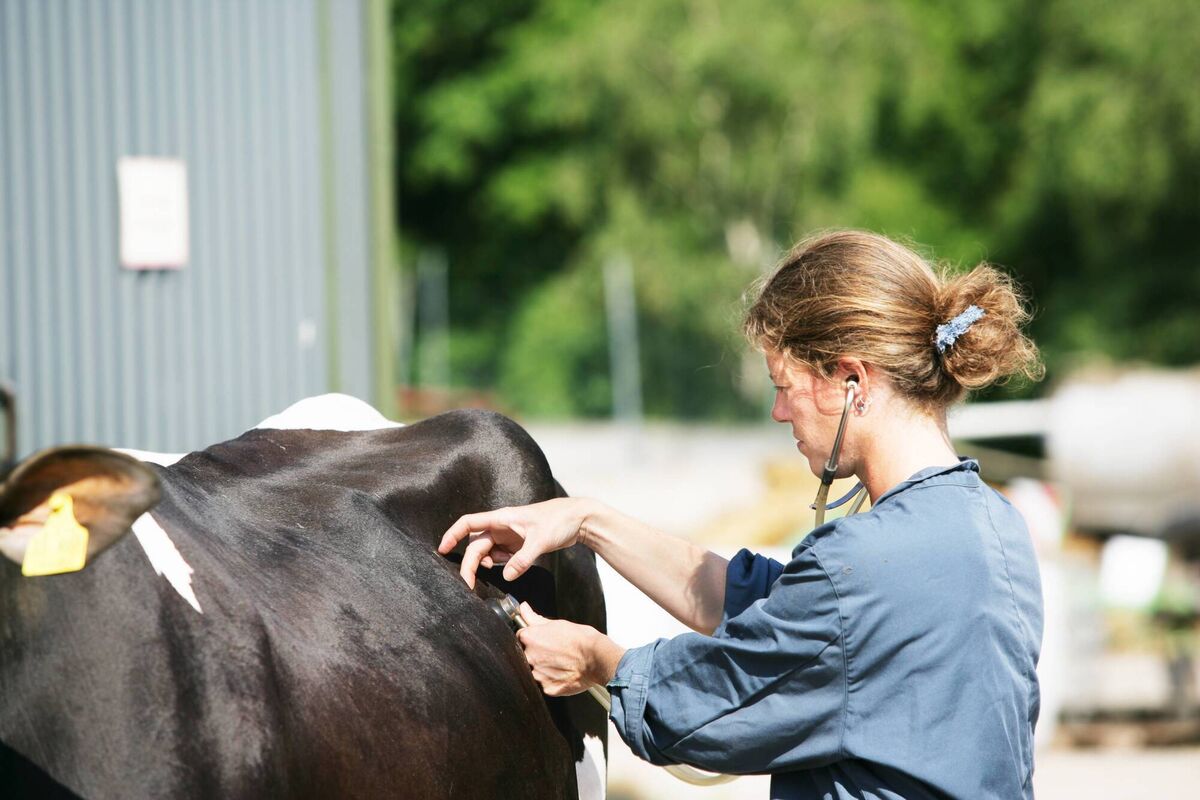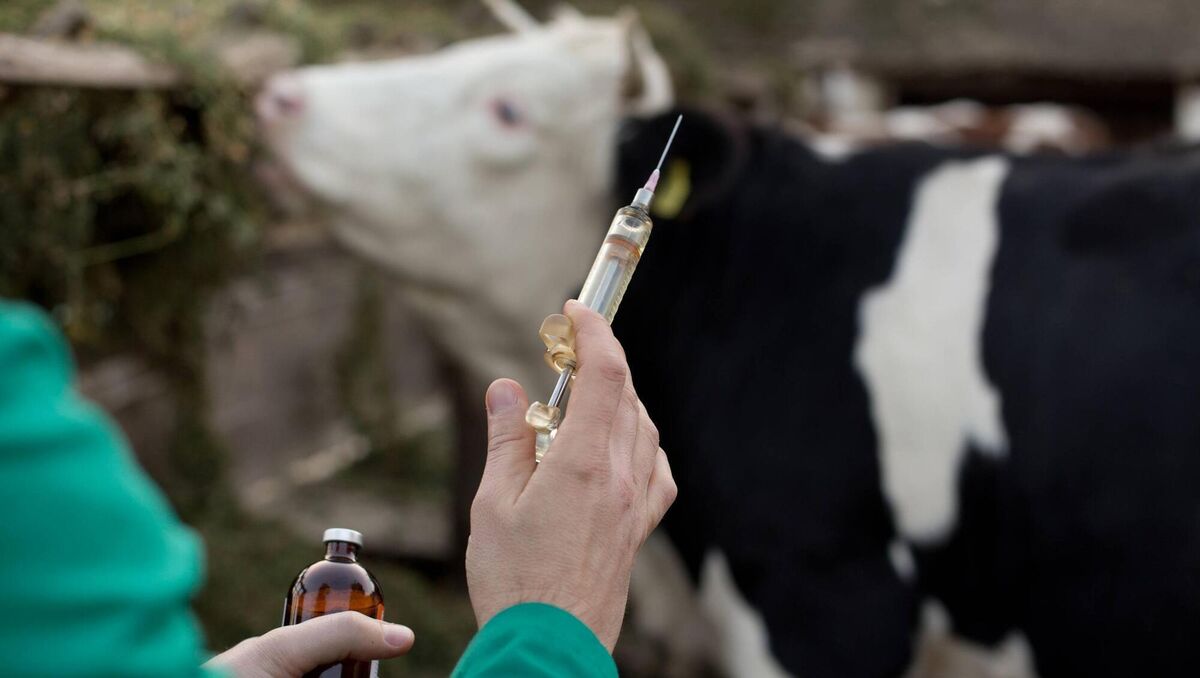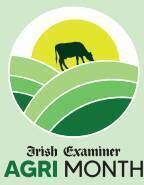Bovine TB crisis in Ireland: why cattle disease cases are at their highest in 15 years

For Ireland’s massive cattle herd, bovine TB remains a costly and debilitating scourge. File photo
With the number of bovine tuberculosis cases passing 43,000 in Ireland this year and continuing to grow, the issue has emerged as a crisis in agriculture and one that national authorities have been trying to contend with for more than 70 years.

The largest cost to farmers, according to the report, was the cost of labour to facilitate a test. Depending on herd size and the number of animals tested, a test could be a couple of hours or a whole day, all of which labour must be paid for.
IFAC concluded that the injection day and subsequent reading of a test amounted to €55.54m for 2024.
Despite Irish agriculture’s ability to rid itself of many diseases, such as Foot and Mouth, there are many factors with regard to TB and why we aren’t seeing results in its eradication.















